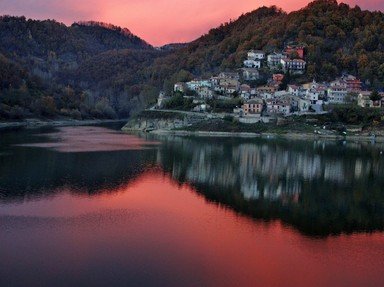
Where Can I Find This? Trivia Quiz
Did you ever hear of item, place or animal and wonder where those things are located? Now is your chance to put your knowledge to the test and tell where I can find these ten things.
A matching quiz
by Joepetz.
Estimated time: 4 mins.